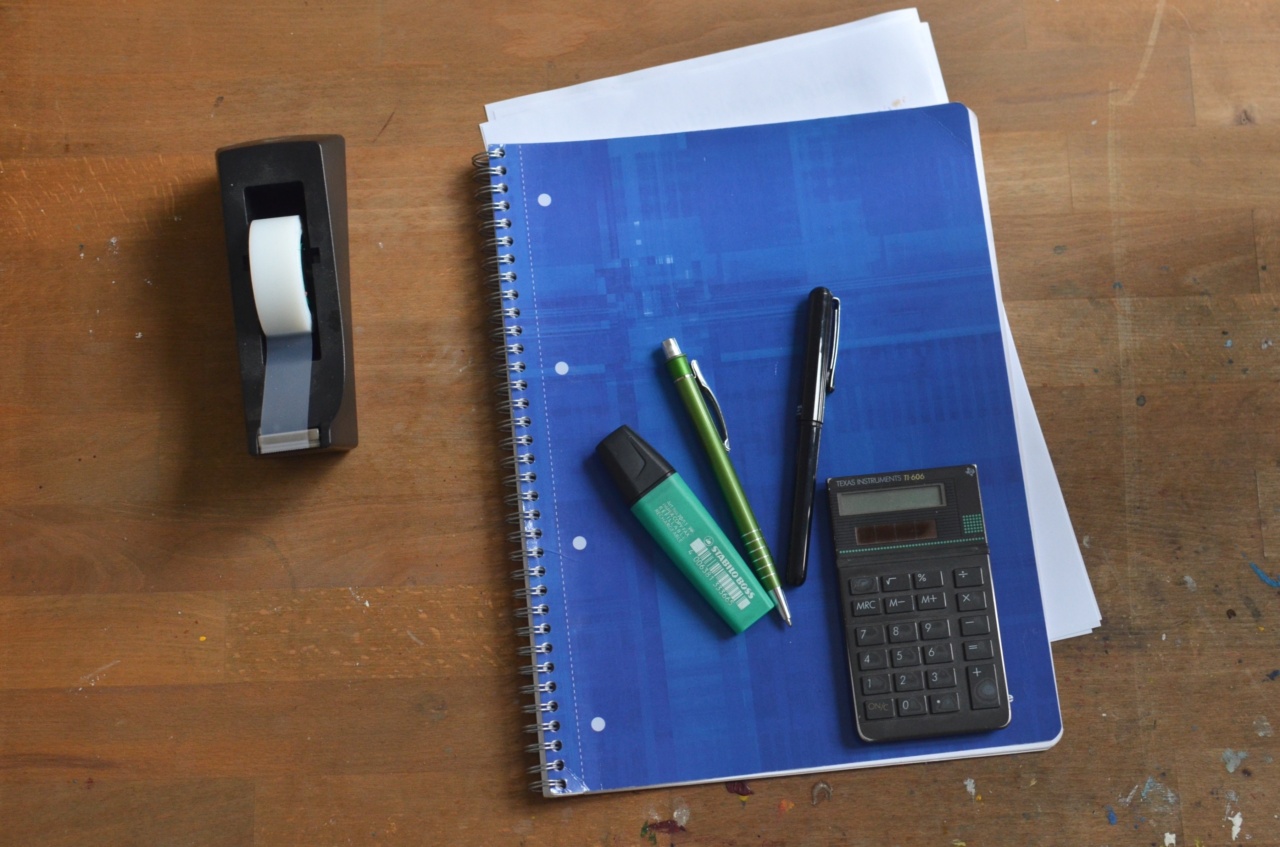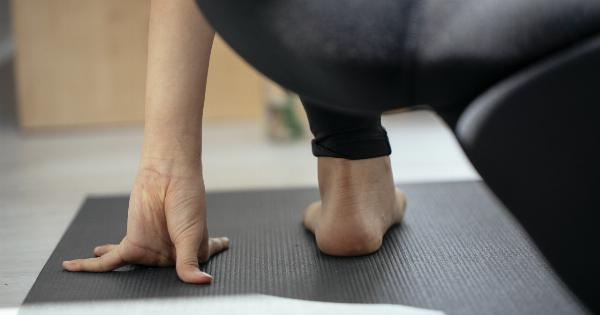Rheumatoid Arthritis (RA) is a long-term autoimmune disorder that typically affects joints in the body. RA commonly causes inflammation that results in painful swollen joints, loss of joint function, bone erosion, and ultimately joint deformity.
It generally affects wrist, hands, and feet symmetrically, and the symptoms usually develop gradually over time. According to the Centers for Disease Control and Prevention (CDC), approximately 1.5 million Americans are suffering from RA, and it is more common in women than in men.
Though there is no cure for RA, treatment options like medication, physical therapy, and lifestyle changes can effectively control the symptoms and pain.
Rheumatoid Arthritis: Causes and Symptoms
The exact cause of RA is unknown. However, research suggests that both environmental and genetic factors can be responsible for this condition.
People with certain gene variations are more susceptible to RA and can develop the disease upon exposure to environmental triggers, typically infection or smoking. The immune system mistakenly attacks the lining of the joints, leading to inflammation and damage. Some of the common symptoms of RA include:.
- Painful and swollen joints
- Morning stiffness that lasts for minutes to hours
- Fatigue and fever
- Limited range of motion
- Joint deformity or walking difficulties
Yoga: A Promising Tool in RA Management
Yoga, a mind-body practice that originated in ancient India, combines physical postures, breathing exercises, and meditation.
It has been gaining popularity around the world as a therapeutic tool for various health benefits, including reducing stress, improving balance, and increasing flexibility and strength. In recent years, yoga has emerged as a promising adjunctive therapy for RA management. Many studies have shown that yoga, when practiced regularly, can significantly reduce the symptoms of RA and improve physical and mental health outcomes.
Here are some of the ways in which yoga can be beneficial for people with RA:.
Improves Joint Function and Mobility
One of the primary goals of RA management is to improve joint function and mobility. Studies have shown that yoga can help achieve this goal by reducing pain, inflammation, and morning stiffness.
Regular yoga practice can increase range of motion, improve joint alignment, and enhance muscle strength around the joints. Gentle yoga postures, such as mountain pose, warrior pose, and tree pose, can be effective in achieving these benefits.
Reduces Stress and Anxiety
Living with RA can be stressful, and stress can worsen RA symptoms. Yoga has been shown to be an effective stress-reduction tool, as it activates the parasympathetic nervous system, which can induce a relaxation response.
Regular yoga practice can help reduce anxiety, depression, and fatigue, leading to an overall improvement in mental health and well-being. Yoga breathing exercises, such as alternate nostril breathing and slow deep breathing, can be particularly helpful in reducing stress and promoting relaxation.
Enhances Balance and Coordination
RA can affect balance and coordination, making it difficult to perform daily activities. Yoga can improve balance and coordination by incorporating standing postures, such as tree pose, eagle pose, and goddess pose.
These postures also require a focus on breath awareness, which can improve concentration and mental clarity. Research has shown that regular yoga practice can significantly improve balance and coordination in people with RA.
Promotes Overall Health and Well-being
Yoga is an overall health-promoting practice that can benefit people with RA in numerous ways. Regular yoga practice can improve blood circulation, increase oxygenation to the tissues, and enhance immune system function.
Yoga can help reduce inflammation, pain, and joint damage associated with RA. Yoga meditation and relaxation techniques can also improve sleep quality, reduce fatigue, and improve overall quality of life.
Precautions for People with RA
While yoga can offer numerous benefits for people with RA, it is essential to take all necessary precautions to avoid injury. Certain types of yoga poses, such as high-impact postures, may not be suitable for people with RA.
Before starting any yoga program, it is crucial to consult with a qualified yoga instructor and a rheumatologist to assess individual needs and limitations. It is also essential to listen to your body and modify the postures whenever necessary to avoid exacerbating the symptoms.
Conclusion
Living with Rheumatoid Arthritis can be challenging, but there are several effective treatment options available to manage the symptoms.
Yoga, as a complementary therapy, can offer numerous benefits for people with RA, including improved joint function, reduced stress, enhanced balance, and overall health promotion. With proper guidance and precautions, yoga can be an important tool in the management of RA symptoms.































